If you visit the Zoo this fall/winter you may find yourself saying, “where’s the polar bear?” Well, we have the answer. She’s inside and hopefully getting ready to enter her den!
That short answer does not quite do justice to the hard work and delicate planning involved in preparing for this process, so we asked the polar bear team to fill us in on what happens behind the scenes during “denning season” and explain how this denning season is slightly different.
Q: Tell us about Anoki. What is her background?
A: Anoki was born November 20, 1996, at the Seneca Park Zoo in New York. She moved to the ABQ BioPark in Albuquerque, NM in 1998, before coming to The Maryland Zoo in 2008.
Q: What is “denning”?
A: During the fall, if a polar bear is pregnant, she digs a den into a snow drift. She then climbs into the hole and stays there to give birth and care for her cubs for the first few months of their life. She and her cubs will not emerge from the den until the spring.
Male bears and non-pregnant females continue to roam and feed throughout the winter
Q: Why do polar bears den in the wild?
A: Denning in the wild allows the female polar bear to have a safe, warm, quiet place to give birth and care for her cub(s).
Q: Why do we provide the opportunity for polar bears to den in the zoo?
A: Female polar bears are given the opportunity to den in zoos in order for them to have a quiet place to give birth and care for their cubs as they would in the wild. This is necessary to help the female give birth because she needs to feel secure in her environment.
Q: What is the difference between hibernating and denning?
A: Female and male black and brown bears hibernate over the winter months. When the time is right, these bears enter a den and do not eat; their heart rate and body temperature decreases to allow the bear to conserve energy. The bears go into hibernation because food sources are low in the winter. They emerge from their den in the spring when food is available.
Polar bears do not hibernate. Only pregnant polar bears den. Unlike hibernation, a polar bear’s heart rate and temperate do not decrease, this ensures the cubs will stay warm. The denned polar bear does not eat, but relies on her fat reserves to sustain herself and her cubs while in the den (similar to hibernation).
Q: What are some of the steps the polar bear team takes to prepare for denning?
A: Keepers spend about a month preparing the den to make it a comfortable and inviting place (See photo gallery below)
- Put bedding (straw) in the cubbing den.
- Enclose the den adjacent to the cubbing den so there is a visual barrier between Anoki and keepers.
- Check the video surveillance system that allows keepers to monitor her during the denning process.
- Remove cleaning chemicals and scent enrichment from the area so that the den area smells like Anoki. Only Anoki’s regular keepers go into the Polar Bear Watch building to keep unknown smells to a minimum.
- Start a quiet, hands off management practice.
Q: Is Anoki denning because there is a chance she is pregnant?
A: In February, researchers from the Center for Conservation and Research of Endangered Wildlife (CREW) performed an artificial insemination (AI) which involved use of hormone therapy to help Anoki become ready for the process. Keepers were able to train Anoki to voluntarily accept hand injections of the two needed hormones in the weeks leading up to the AI through Anoki’s training. As a result, the CREW researchers felt that Anoki was in estrus when the AI procedure was performed. We are hopeful that Anoki is pregnant, but so far, of the 4 other AI procedures performed on other polar bears, no pregnancies have resulted. Keepers monitor and track the bear’s behavior daily, which sometimes can provide indicators of pregnancy, but this is not a specific test for bear pregnancy. Polar bears have delayed implantation, meaning they mate in the spring but the fertilized egg doesn’t begin to develop until the fall. This allows the female polar bear and cubs to emerge in the spring when environmental conditions are favorable.
Read more about this project and procedure.
Listen to the podcast episode about this process.
Q: Where does Anoki den?
A: She dens in an off exhibit area at Polar Bear Watch. She has access to a small dark room filled with straw so that if her instincts tell her to dig and build a den she has a space to recreate that natural behavior
Q: When can visitors expect Anoki to enter the den and stop being visible on exhibit?
A: She has constant access to the cubbing den area and we will monitor her behavior closely. As we see signs that she is looking for a more quiet place and sleeping more, we will take Anoki off exhibit for the rest of the denning season. This could happen as early as late September. At this time Anoki will choose if she wants to be in the cubbing den or in an off exhibit yard, depending on weather conditions and her physiological status based on how isolated and safe the cubbing den appears to her.

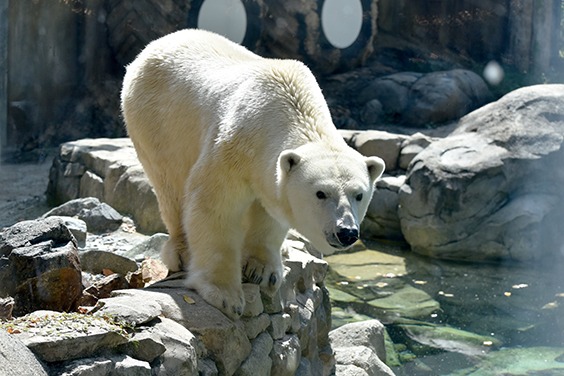
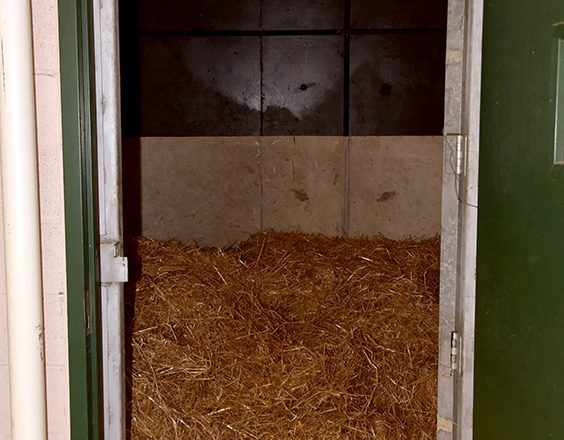
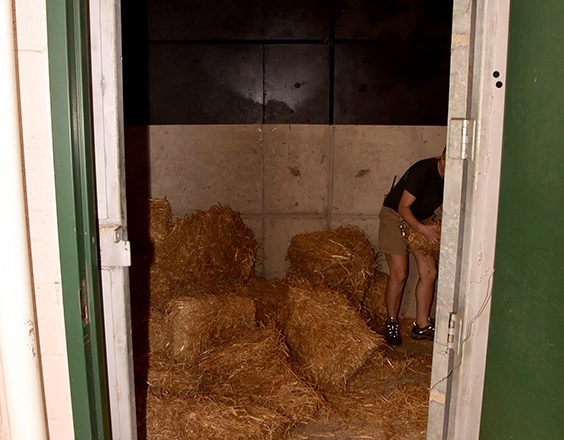







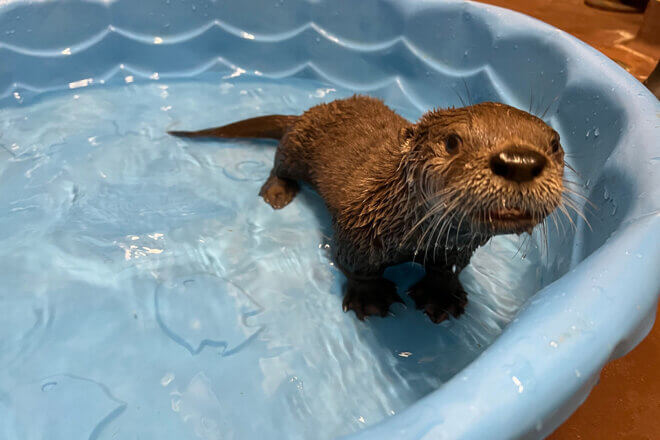
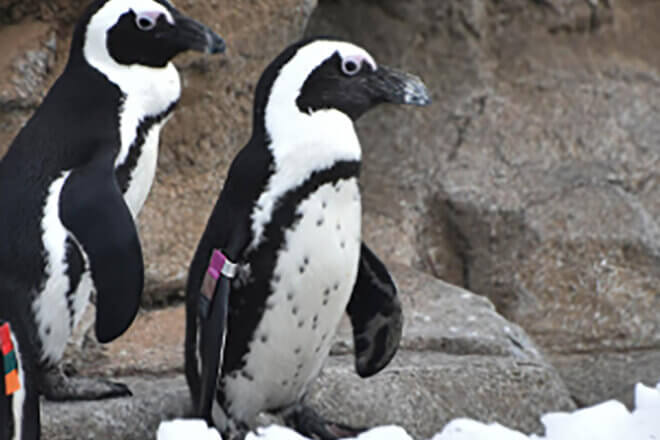
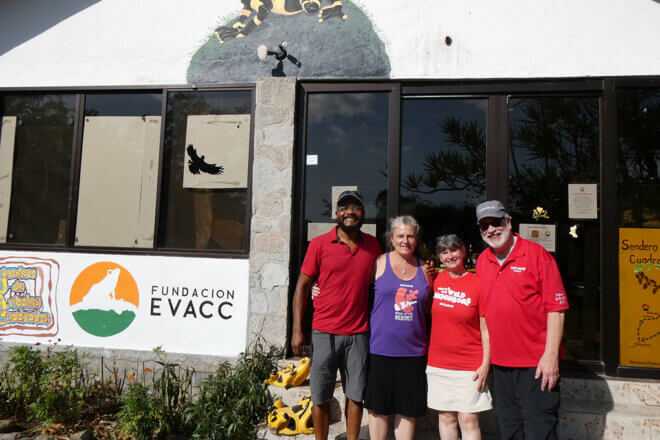

Share this article